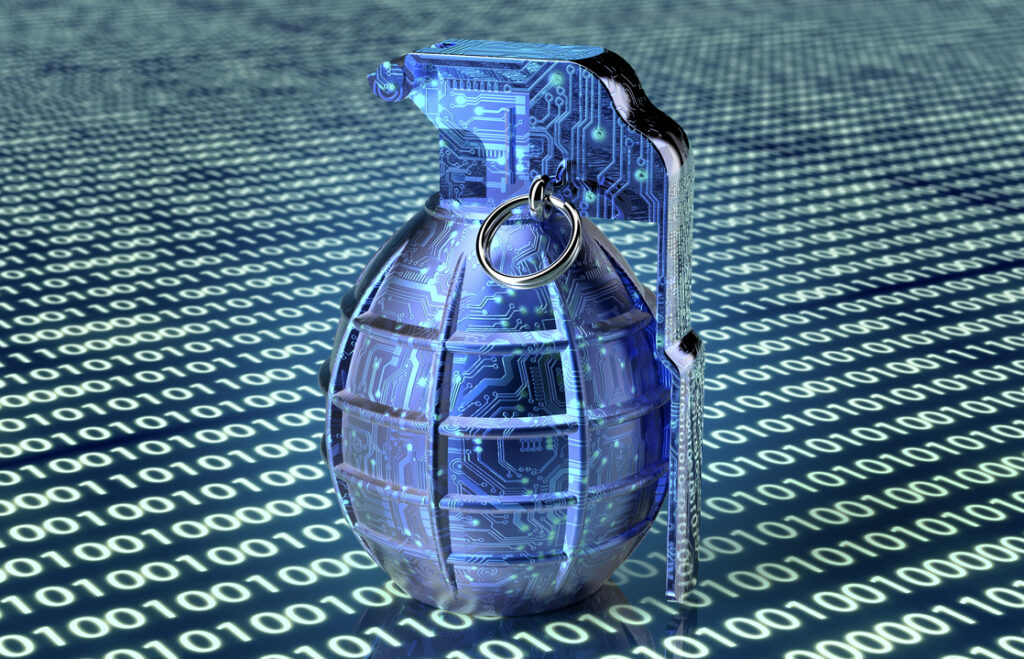A new report from Allianz Global Corporate & Specialty (AGCS) has indicated that even though Ransomware remains a top cyber risk for organizations globally, the war in Ukraine and broader geopolitical tensions are a major concern as hostilities could spill over into cyberspace and cause targeted attacks against companies, infrastructure or supply chains.
This is even as the report, titled Cyber: The changing threat landscape revealed that business email compromise incidents are on the rise and will increase further in the ‘deep fake’ era.
While highlighting the emerging threats posed by the growing reliance on cloud services, the report shows an evolving third-party liability landscape that means higher compensation and penalties, as well as the impact of a shortage of cyber security professionals. It noted that such potential vulnerabilities mean that today a company’s cyber security resilience is scrutinized by more parties than ever before, including global investors, meaning many firms now rank it as their major environmental, social, and governance (ESG) risk concern..
“The cyber risk landscape doesn’t allow for any resting on laurels. Ransomware and phishing scams are as active as ever and on top of that there is the prospect of a hybrid cyber war,” Global Head of Cyber at AGCS and Group Head of the Cyber Centre of Competence, Scott Sayce said.
Scott believes that most companies will not be able to evade a cyber threat. However, it is clear that organizations with good cyber maturity are better equipped to deal with incidents, even when they are attacked, losses are typically less severe due to established identification and response mechanisms.
“Although we see good progress, our experience also shows that many companies still need to strengthen their cyber controls, particularly around IT security training, better network segmentation for critical environments and cyber incident response plans and security governance. As a cyber insurer we are willing to go beyond pure risk transfer, helping clients to adapt to a changing risk landscape and raising their protection levels,” he added.
Around the world, the frequency of ransomware attacks remains high, as do related claims costs. There was a record 623 million attacks in 2021, double that of 2020. Although frequency reduced by 23% globally during the first half of 2022, the year-to-date total still exceeds that of the full years of 2017, 2018 and 2019, while Europe saw attacks surge over this period. Ransomware is forecast to cause $30bn in damages to organizations globally by 2023. From an AGCS perspective, the value of ransomware claims the company was involved in together with other insurers, accounted for well over 50% of all cyber claims costs during 2020 and 2021.

